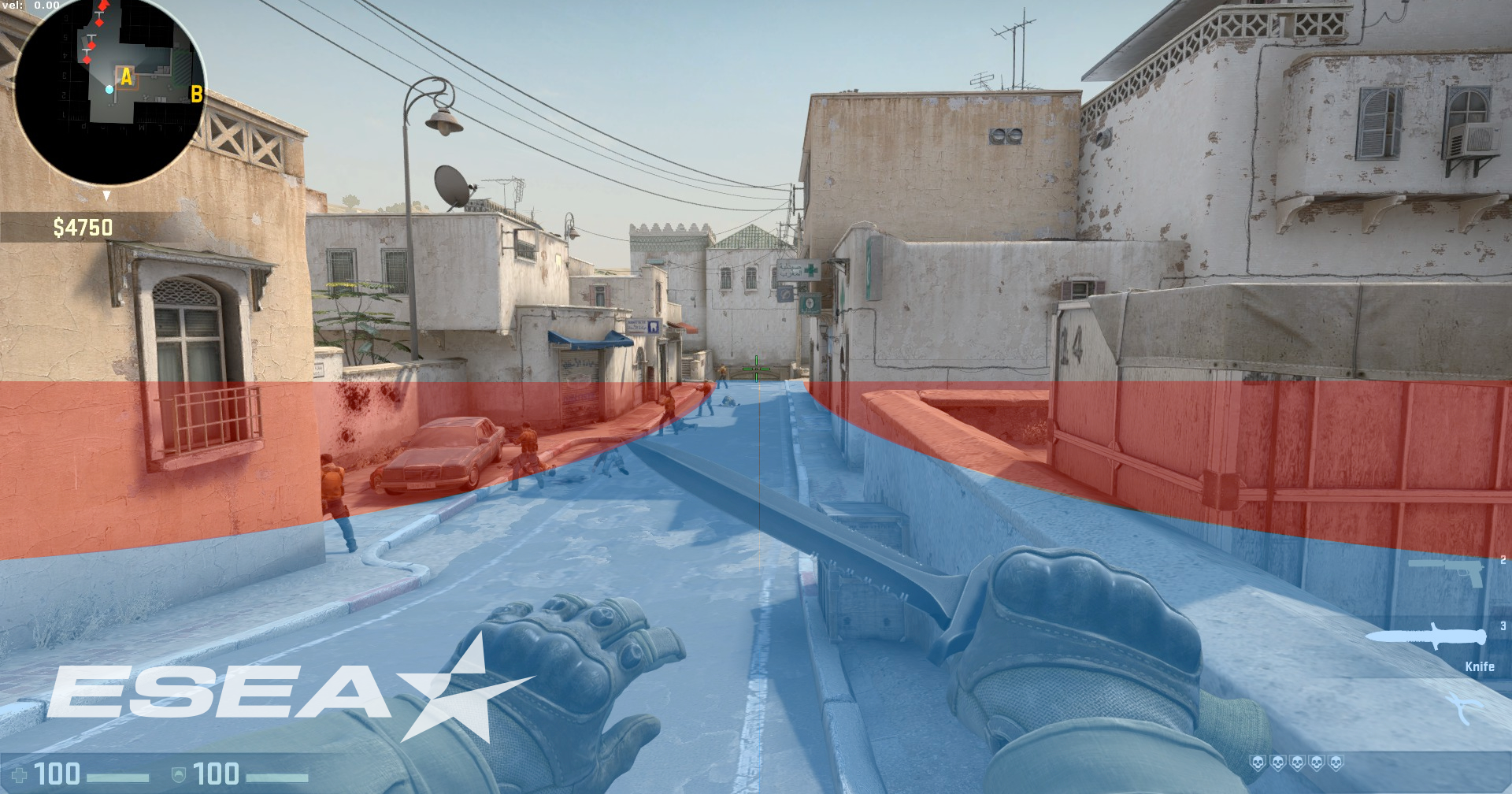Leaderboard Update: Reactions
Our newest addition to the Leaderboards, called Reactions, allows you to break down your reaction time based on the type of weapon you use, or an average of all weapons available.
We have all passed around links to random games that measure reaction time and asked everyone to share their times at one point or another. There are also the other games that supposedly help decrease your reaction time. Today, you can see your actual reaction time from a CS:GO match on ESEA.
Below, we have taken the first step in breaking down the meaning of our new reaction time statistic, how it is calculated, and how we are displaying it. The statistic is only available to ESEA Insider users. However, the top 100 users are available on the Leaderboards page.

We break these stats down by weapon type, to start we use the following groups:
- All weapons
- AK47/M4A1-S/M4A4
- Pistols
- AWP
Statistics is a tool for players to interpret their gameplay, though they are most useful when you know their "ins and outs." It allows you to have a clear meaning of what it is showing and what it means. Further in this post is some information on how these numbers are generated, so you can better understand what your statistics represent.
The primary requirement to produce these statistics was first to determine at what point a player was able to see an enemy. There are several ways we could have done this, though overall, the best way was to use Valve's check for when enemies are spotted. This check occurs when enemies show up on the radar. Before settling on this, we did a bit of research on how and when Valve identifies players were spotting each other. While it is not perfect, after comparing data of players across varying skill groups, it did provide overall good feedback.
To keep it simple regarding how Valve's spotting mechanic works: the further away an enemy is, the closer to the player's crosshair needs to be to the enemy for them to be classed as "spotted." Below is a basic visual representation of how this works:

When an enemy is inside the blue area, they would appear on your radar and be classed as spotted. As you can see it is possible that the player does see the enemy before the game identifies them as spotted. This causes some lower than expected values for delays and angles. However, as this is something that is consistent and affects all players, the result should be that it evens out and players can be compared evenly. Once the player is defined as being spotted, the result of the calculations are simple: it is merely a case of measuring the angle to that player and starting the timer for the shot, hit, and kill identifiers.
We have added a couple of conditions to help ignore outliers, and this is something we continue to look at as more data comes in:
- More than one player is visible before the spotting player takes a shot. There is no way to know precisely at which player someone was shooting, so the shot delay is ignored for this engagement. This does not apply to hit and kill delays
- A player takes more than 1 second to shoot. As these numbers are generally quite low, this drastically skews the results and so is better to disregard as a statistical anomaly
This is the first time these stats have ever been seen in CS:GO at this scale, so we are interested to see how they are received! If you wish to see how you compare to the rest of the community, head on over to the Leaderboards and subscribe to Insider today!
